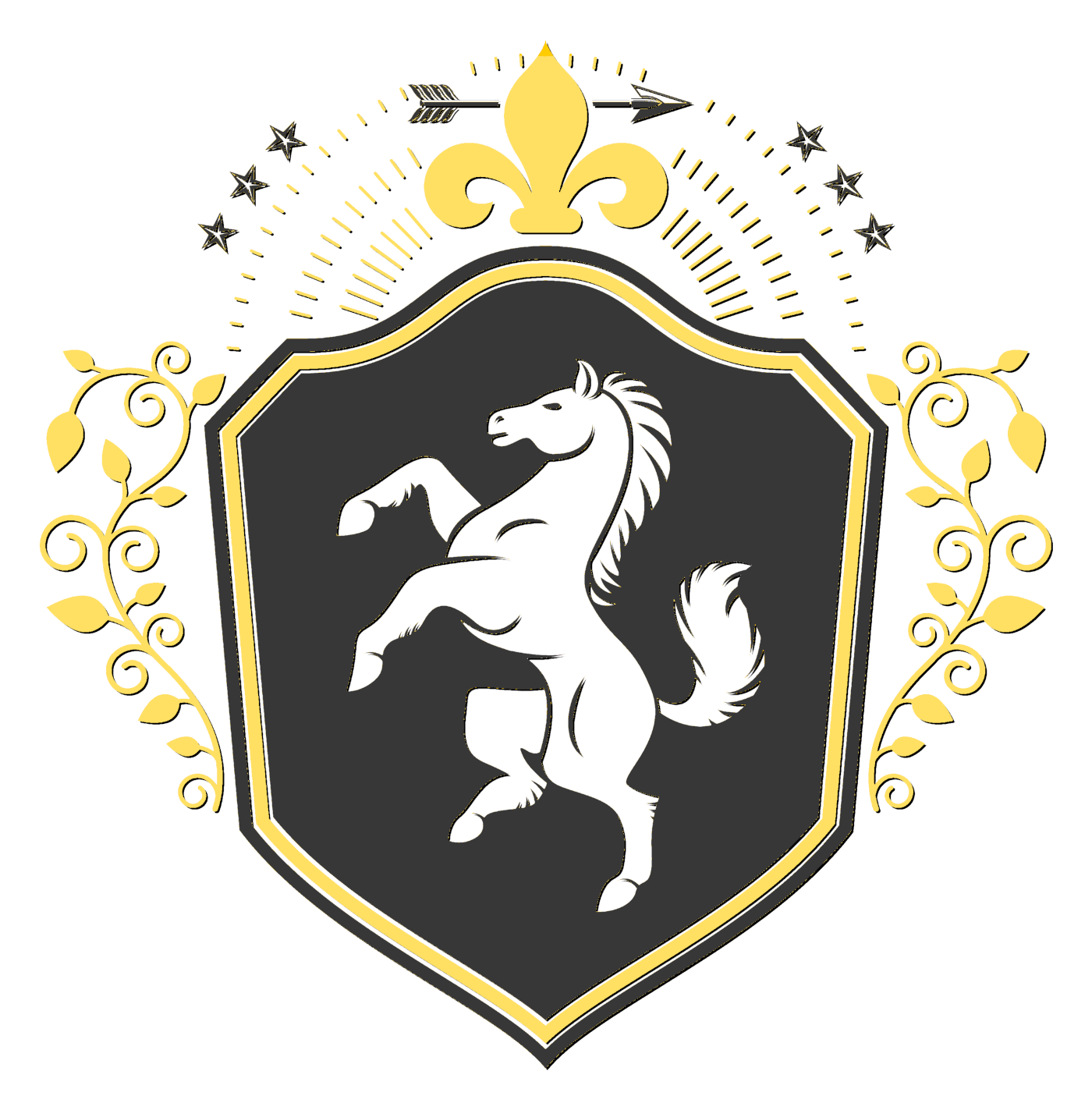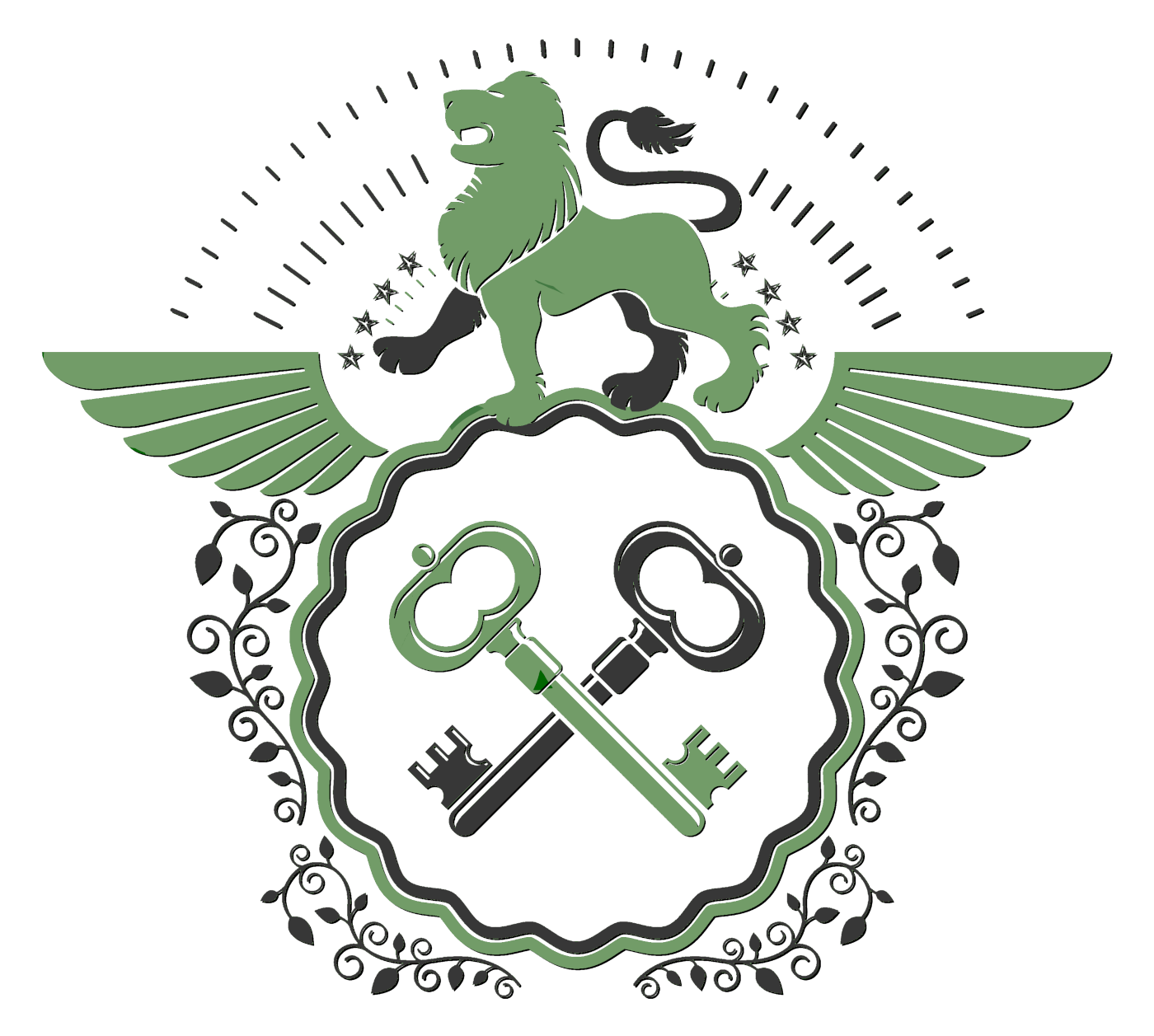All right, here is the first part of my Christmas thread posting spree. *cracks knuckles*
(
http://www.pinterest.com/kalebk/ainaan-20-ginaia/)
Right, so Ginaia is one of the quasi-country regions in my third version of Ainaan. It's along the Southern coast of one of the Northern continents. (Still messing with a new map) and North of a large, Mediterranean-like sea full of islands that used to be the center of the world.
So, this region is bordered on the South by the sea, and on the North and East by a mountain range that curves around and into the sea, growing smaller until it goes beneath sea-level as an underwater mountain range. The coastline, or rather, the entire region is marshy forestland, like a tropical mangrove forest.
The ground is only semi-solid, being saturated with saltwater from the sea and water coming down from the mountains and a river from the Northwest that branches out into a massive delta.
The most visible life-forms of the region are the Ganai trees, for which the region is named. Basically mangroves the size of redwoods. Their canopies interlace with each, making it difficult to distinguish where one tree begins and another ends. Nobody knows how deep the roots go, but they suspect they are buried into the heart of the world. That is dramatic hyperbole, of course, but the roots are buried deep into the bedrock and spread for a very large distance, absorbing nutrients from the organic-rich water, what soil remains, and they filter algae through thin sheaves
The trunks and branches also form one of the primary ecosystems of the region. All non-aquatic life lives in these trees. The human inhabitants build homes, villages, and even small cities into these trees, linked through walkways, bridges, and simply going from branch to branch. Lots of birds, snakes, and insects live up there, separated into trunk creatures and canopy creatures, with very few leaving their zone. One creature that leaves the zone is the Negin, a large feline that preys on fish, birds, large snakes, and sometimes humans. It has greenish-brown mottled fur to blend in with the foliage and generally hunts during the day, retreating to the high canopy at night to avoid the other top predator.
That predator is the Winsagi, a serpent that is usually grows to lengths between 40 and 45 feet long, but can stretch up to 55 feet long. During the day, it hunkers down between the tangled roots of the trees to snake-sleep and catch fish and other creatures that travel by. It fully wakes up during the evening and does its main hunting, using a combination of four clawed feet and incredibly strong stomach to climb up in the trees, going after Negin, the Olyn bird, humans, and everything else. Alternatively, it may hang from thick limbs and drop down to catch sharks in its coils and eat them.
The Olyn bird is a wonder of the region, standing eight feet tall with a 14 foot wingspan. It can't fly though, and runs across the branches. Its diet consists of lizards, tree turtles, frogs, and the dinner-plate sized spiders that are very common. Its most unique feature its brightly colored feathers that are used to make dresses in Cernai. They also have elaborate races and dances used for mating rituals.
Aquatically speaking, the surface is even richer. It's flooded three feet deep all year, dropping to a foot and a half in high summer. There's a constant shifting current as the ocean tide goes in and out, mixing with the water flowing into the swamp. Reeds stretch for miles through the forest. Fresh and saltwater fish can be found in their respective areas, with more tolerant fish in the center of the region where the two mix. Some sharks come in from the sea to lurk in the forest. Fish hide in the roots and reeds. It's a happening place.
I'll do culture in a different place.



